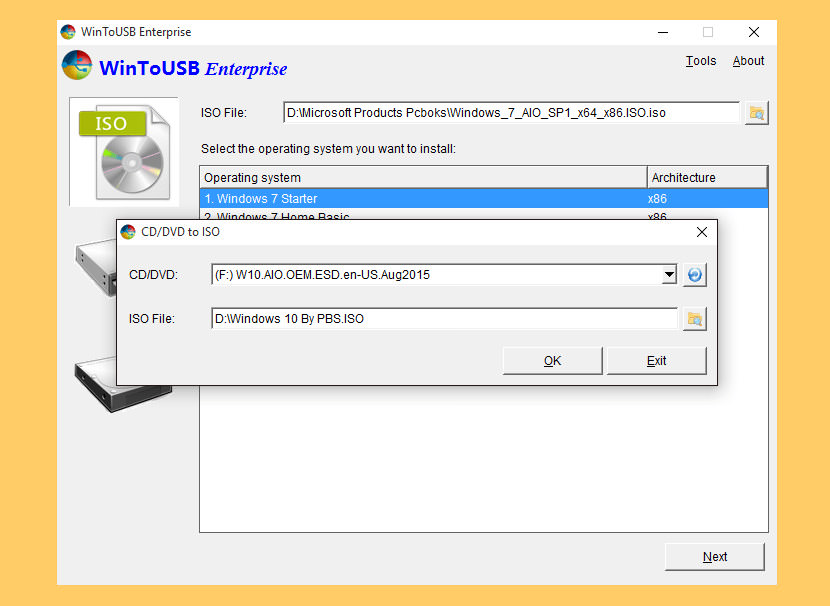

Do mind that depending on the drive size, number of passes, and USB drive speed, it takes quite a bit of time to complete the verification process. For that, all you have to do is, select the checkbox “check device for bad blocks” under format options and you are good to go. Rufus also checks the USB drive for any bad blocks. These options are beneficial when you are creating BIOS, firmware, or other low-level drives. Moreover, you get various different options like the ability to change the partition scheme, cluster size, and file system. Add to that, Rufus is much faster than the other apps when it comes to creating bootable Windows USB drives. Rufus not only lets you create bootable USB for different kinds of operating systems but you can also use it to flash BIOS, firmware, and run low-level utilities. When it comes to creating bootable USB drives in Windows, Rufus is the best, free, open-source, and easy-to-use software. To format the partition, type format fs=ntfs quick, and then click ENTER.Read: How to Use USB Flash Drive on Android and iOS USB Bootable Software 1.

To select the partition that you just created, type select partition 1, and then click ENTER. To create a new primary partition on the USB flash drive, type create partition primary, and then click ENTER. QEMU: Short for Quick Emulator, QEMU is a hardware virtualization tool. You can also create a multiboot ISO to USB installer containing multiple installation options. This command deletes all data from the USB flash drive. Syslinux: A lightweight bootloader package that allows users to select between multiple Linux or Unix installations. Note the drive number or drive letter of the USB flash drive.Īt the command prompt, type select disk, where X is the drive number or drive letter of the USB flash drive, and then click ENTER. The list disk command displays all the disks on the computer. In the new command line window that opens, to determine the USB flash drive number or drive letter, at the command prompt, type list disk, and then click ENTER. Open a Command Prompt window as an administrator. Insert a USB flash drive into a running computer. Restore or repair your server running Windows Server Essentials Restore a full system from an existing client computer backup To create a bootable USB flash drive for use in recovering or reinstalling Windows on a PC instead of a server, see Create a recovery drive.įor additional scenarios in which you may want to create or use a bootable USB flash drive, see the following topics:


 0 kommentar(er)
0 kommentar(er)
